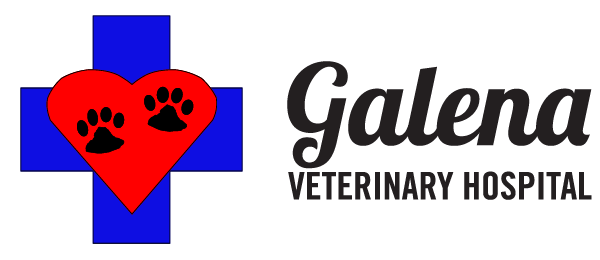Educational Articles
-
Pulsed electromagnetic field (PEMF) therapy is the use of a generated electromagnetic field to affect changes in tissues of the body. PEMF is believed to have beneficial pain-relieving and healing effects but definitive clinical evidence or a positive benefit is currently lacking. Potential benefits and contraindications are discussed.
-
Radiation is a type of energy produced naturally by the sun, earth, and rocks and artificially by machines. Although several types of tumors can be treated with radiation therapy alone (e.g., nasal tumors, brain tumors, and certain types of lymphoma), radiation therapy is most commonly used to destroy or limit the growth of cancer cells left behind (i.e., microscopic disease) after a tumor has been surgically removed. Side effects depend on the type and location of the tumor and its surrounding tissues.
-
This handout provides a brief overview of the most common evidence-based modalities used in veterinary medicine. Pet owners need to discuss the risk of recommended modalities for their specific pet with a trained and certified rehabilitation therapist before starting a rehabilitation program.
-
Roundworms are the most common gastrointestinal worm found in dogs and can also be transmitted to people. They are of most concern to puppies when present in large numbers, causing stunted growth, a pot-bellied appearance, and recurrent diarrhea. Diagnostic testing, treatment, and preventive measures are explained in this handout.
-
This handout discusses the use of corticosteroid (such as prednisone or dexamethasone) in the dog. Reasons for use as well as the common short-term and long-term side effects of these drugs are outlined, along with strategies to avoid these effects.
-
Administering supplemental fluids can benefit dogs with a variety of medical conditions. Most commonly, home fluid therapy is recommended for dogs with kidney disease or chronic renal failure (CRF).
-
The main objectives of fracture repair are to promote rapid healing of the fracture and to get the dog using its leg as quickly as possible. In most cases, this involves rebuilding the broken bone and fixing it in that position with metallic implants. Post-operative care includes pain medications, antibiotics, adequate nutrition, exercise restriction, and physiotherapy. Most fractures can be repaired very effectively and in many cases, your dog will resume normal activity.
-
Nebulization and coupage are used in patients with a variety of lung conditions and can be performed by veterinary staff and pet owners. Nebulization may be used to deliver a variety of medications to the lungs in cases of infection, allergic lung disease, or other lung conditions. Coupage is often recommended for patients with pneumonia or bronchitis.
-
Nutrition plays an essential role in treating and preventing urinary stones (uroliths). Since the diet can affect urine dilution, composition and pH, pet foods can be critical to the success or failure of treatment and prevention. Important factors are covered, such as the importance of water intake, diet composition, relative supersaturation (RSS) testing, and urinary diets.
-
Therapeutic laser is the application of light energy to areas of the body to stimulate healing. This light–tissue interaction is called photobiomodulation. In the past, therapeutic laser was often referred to as low-level or cold laser (as opposed to a surgical or hot laser).
